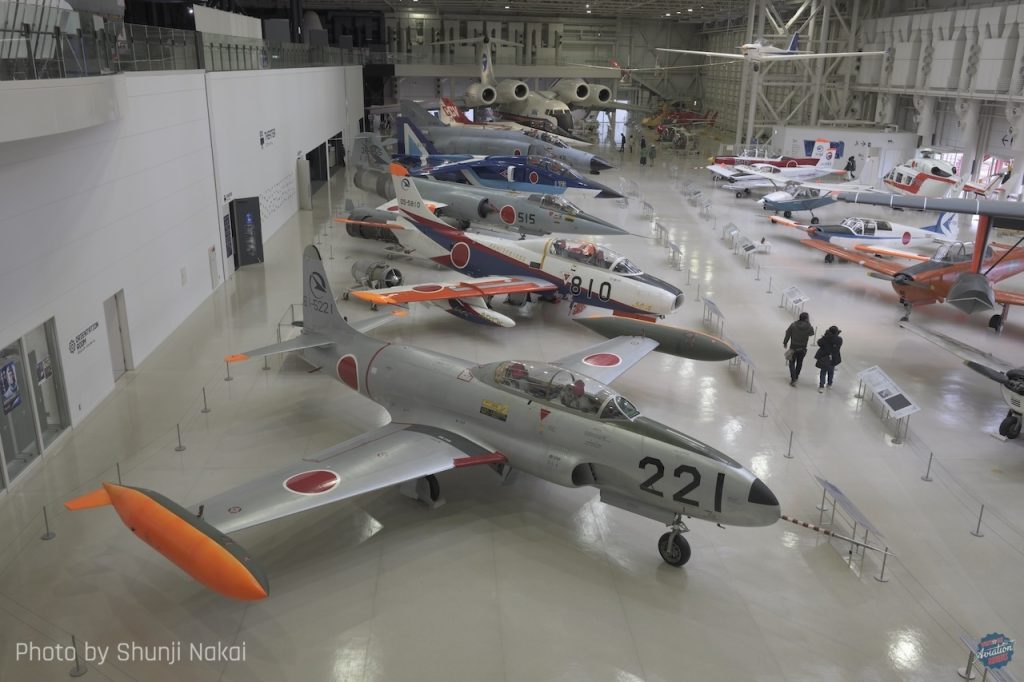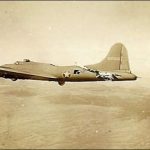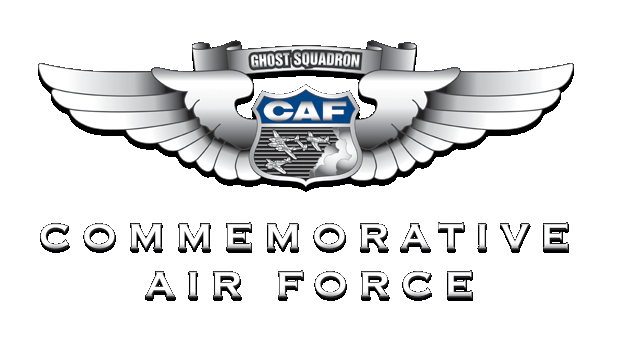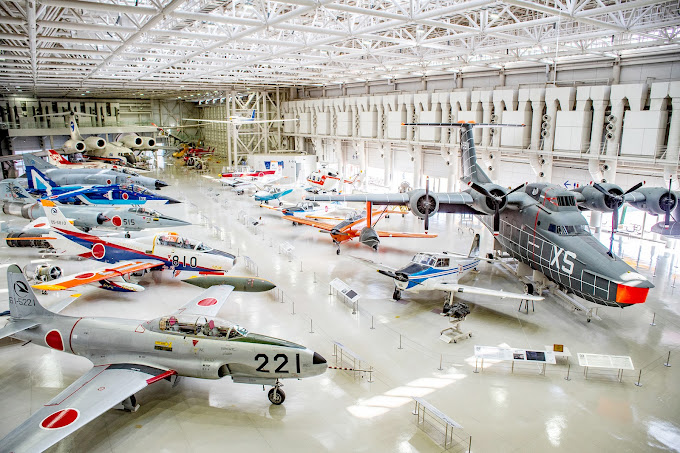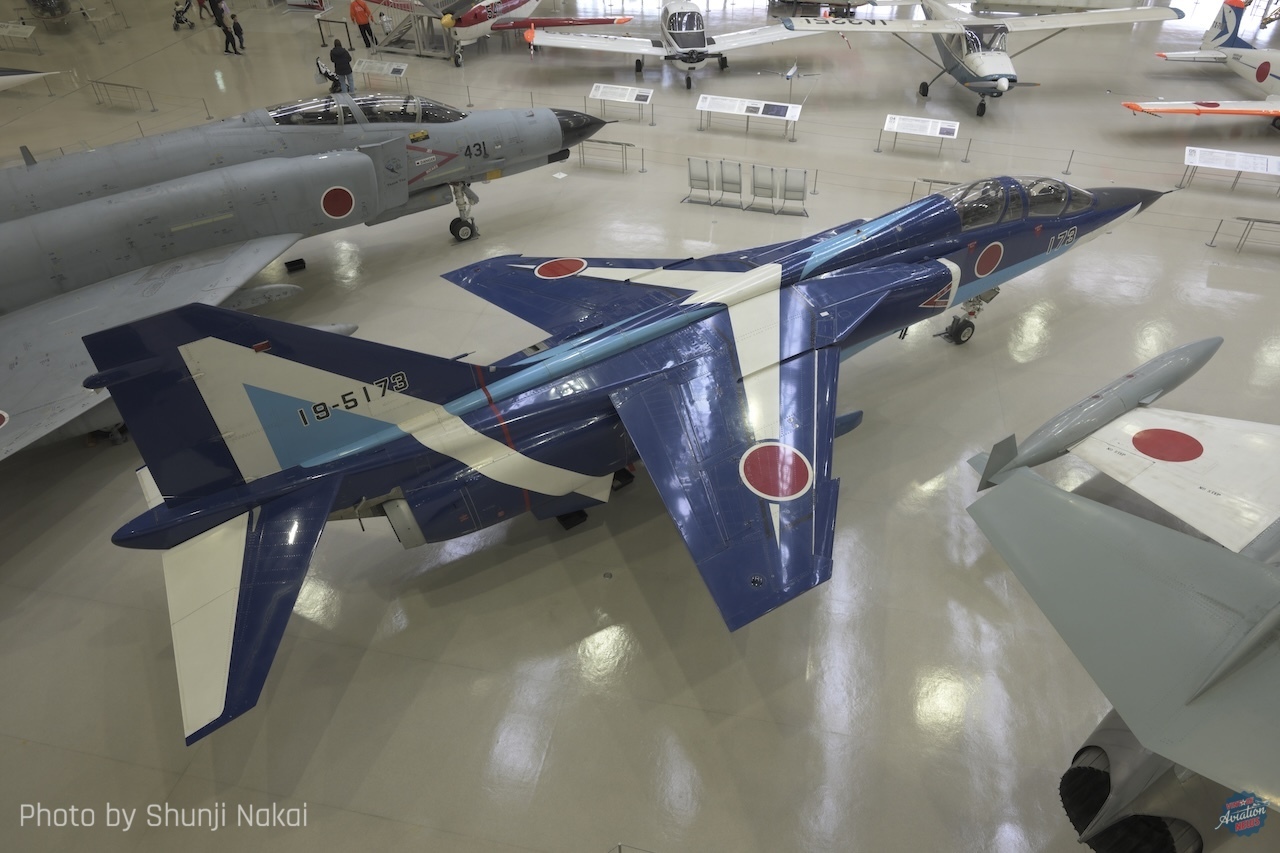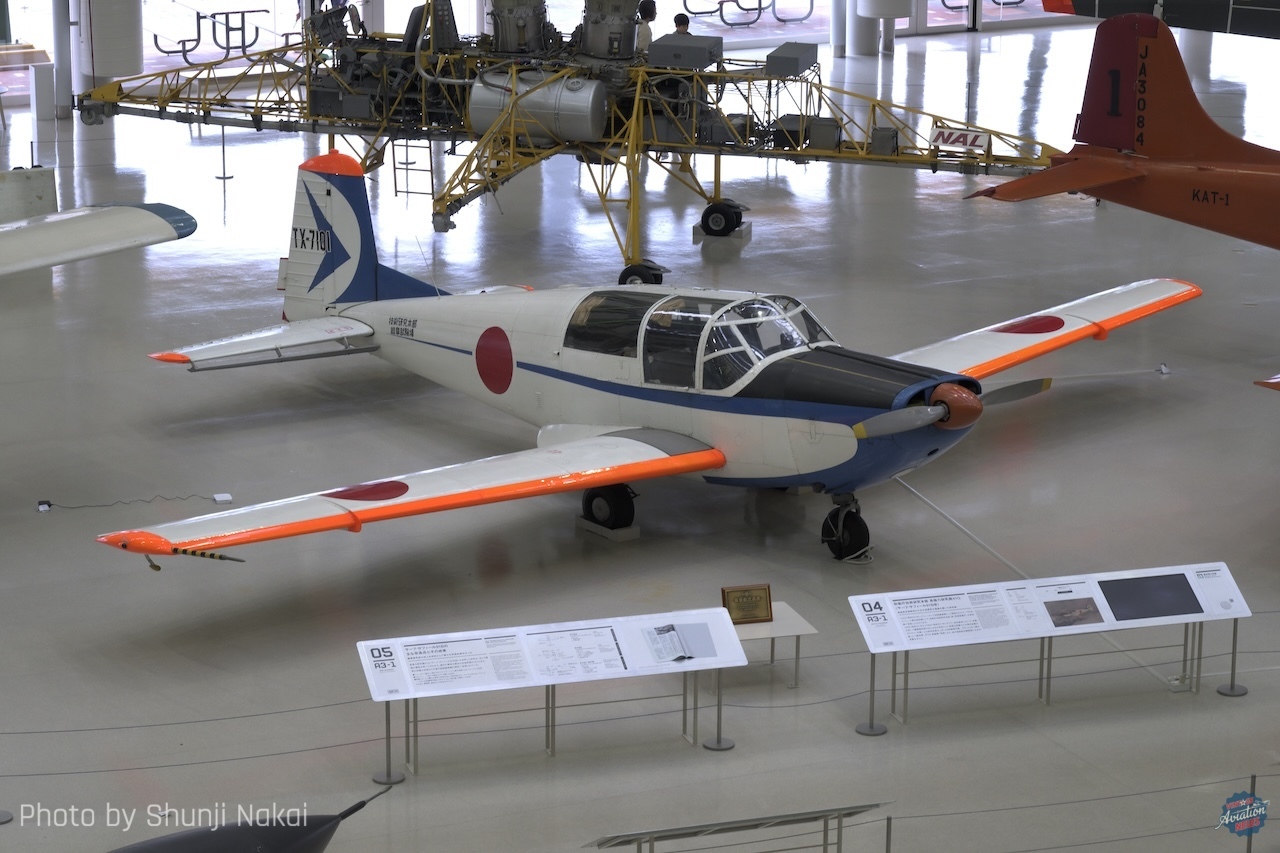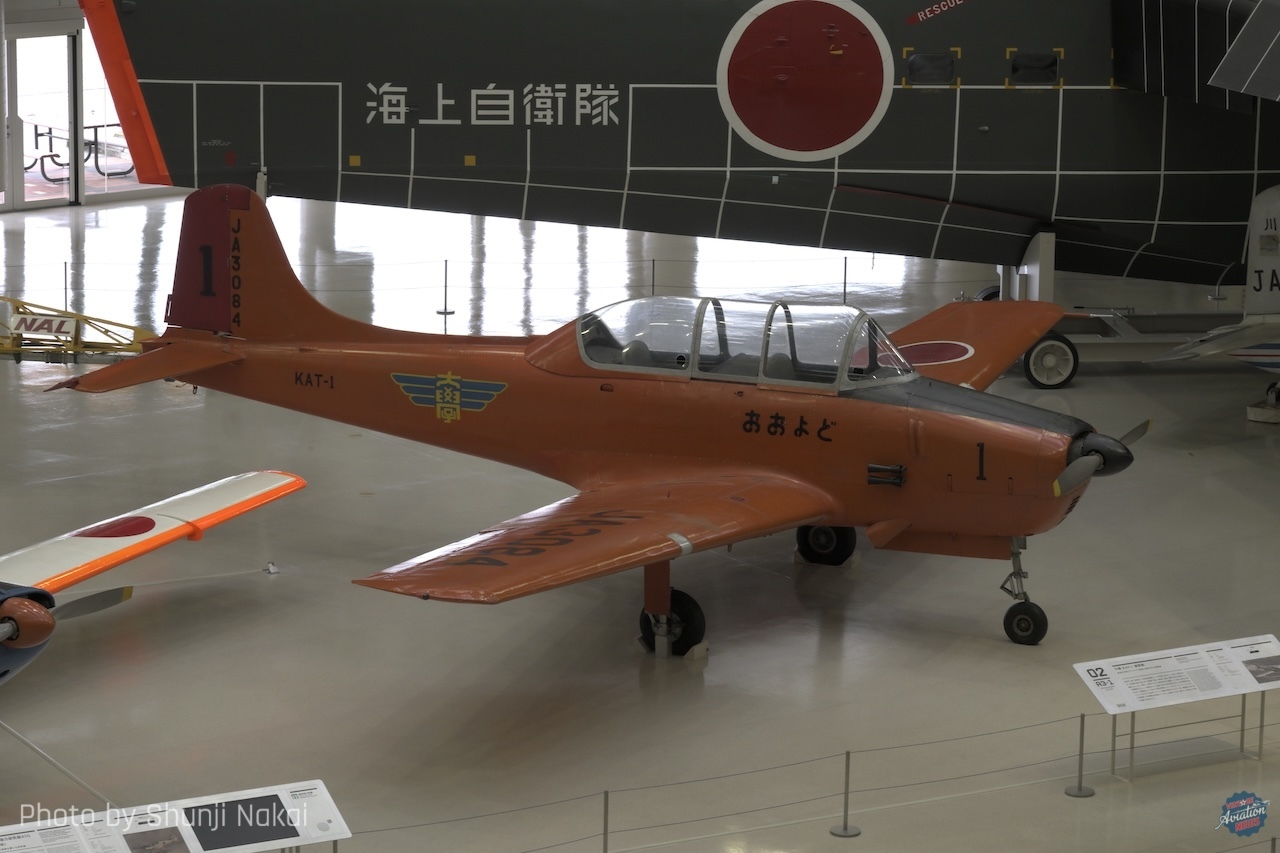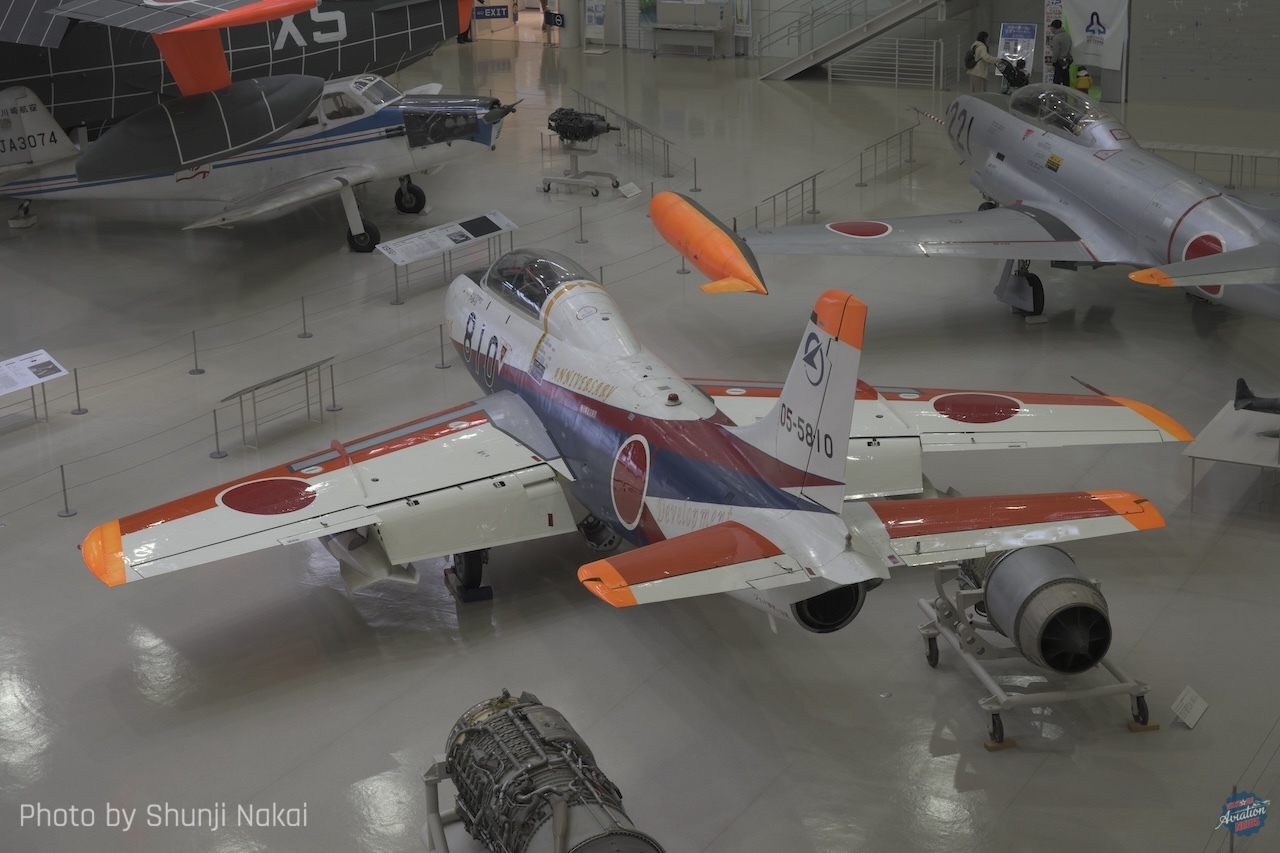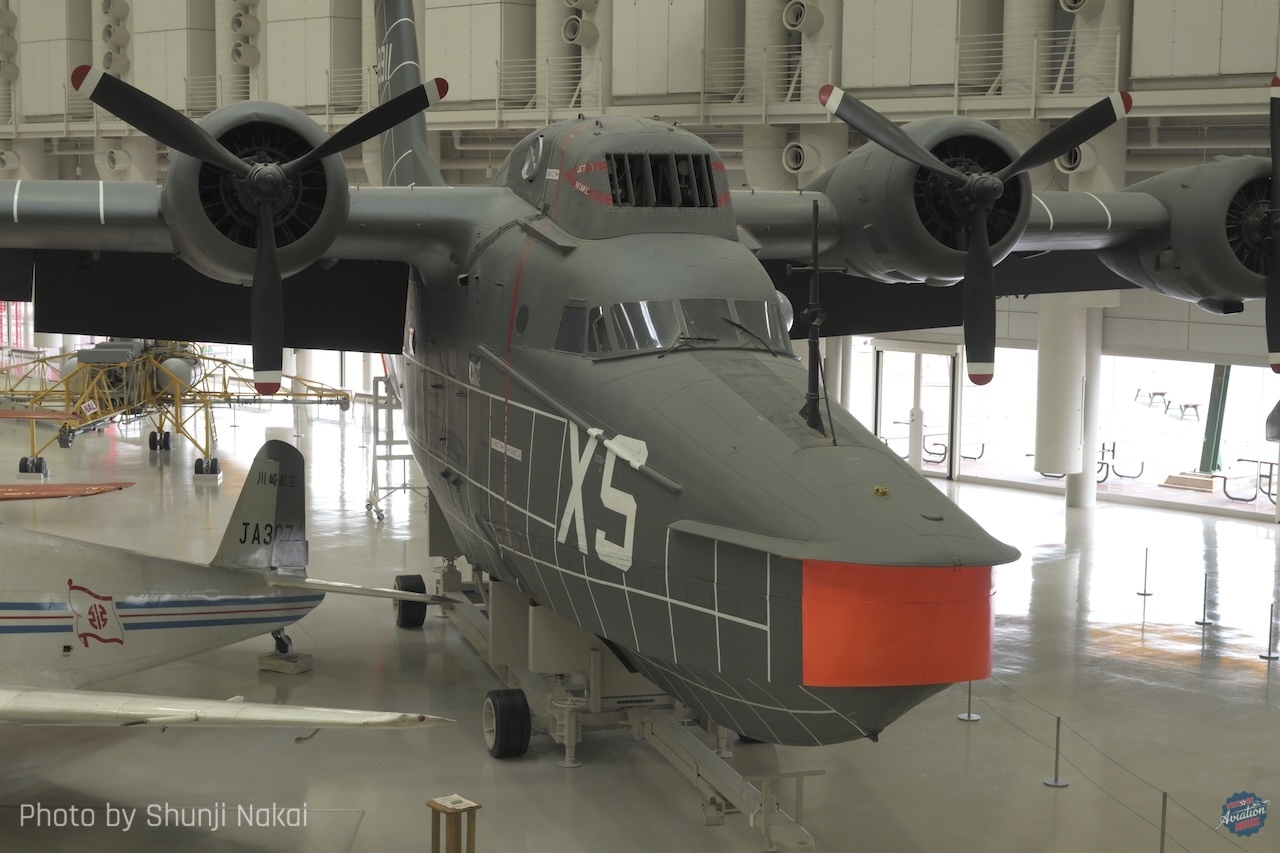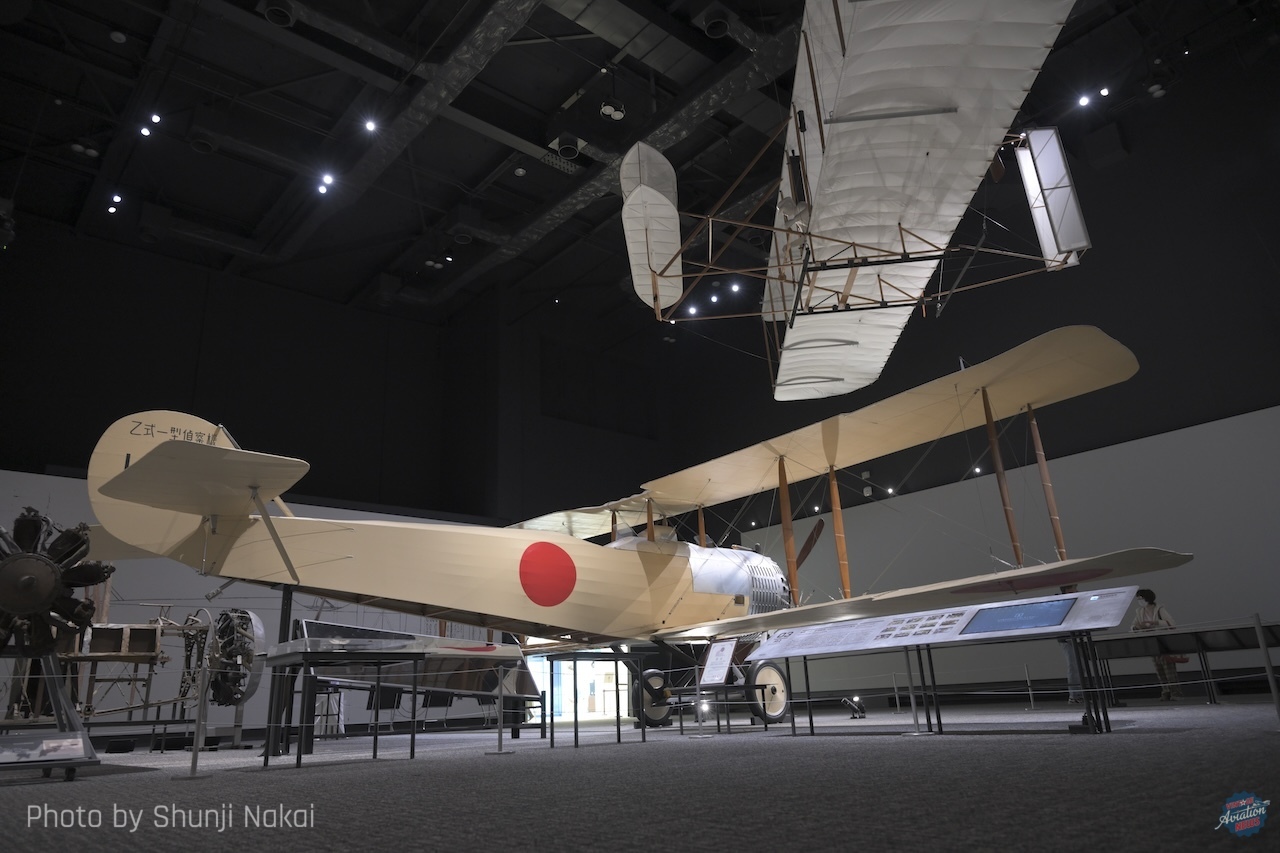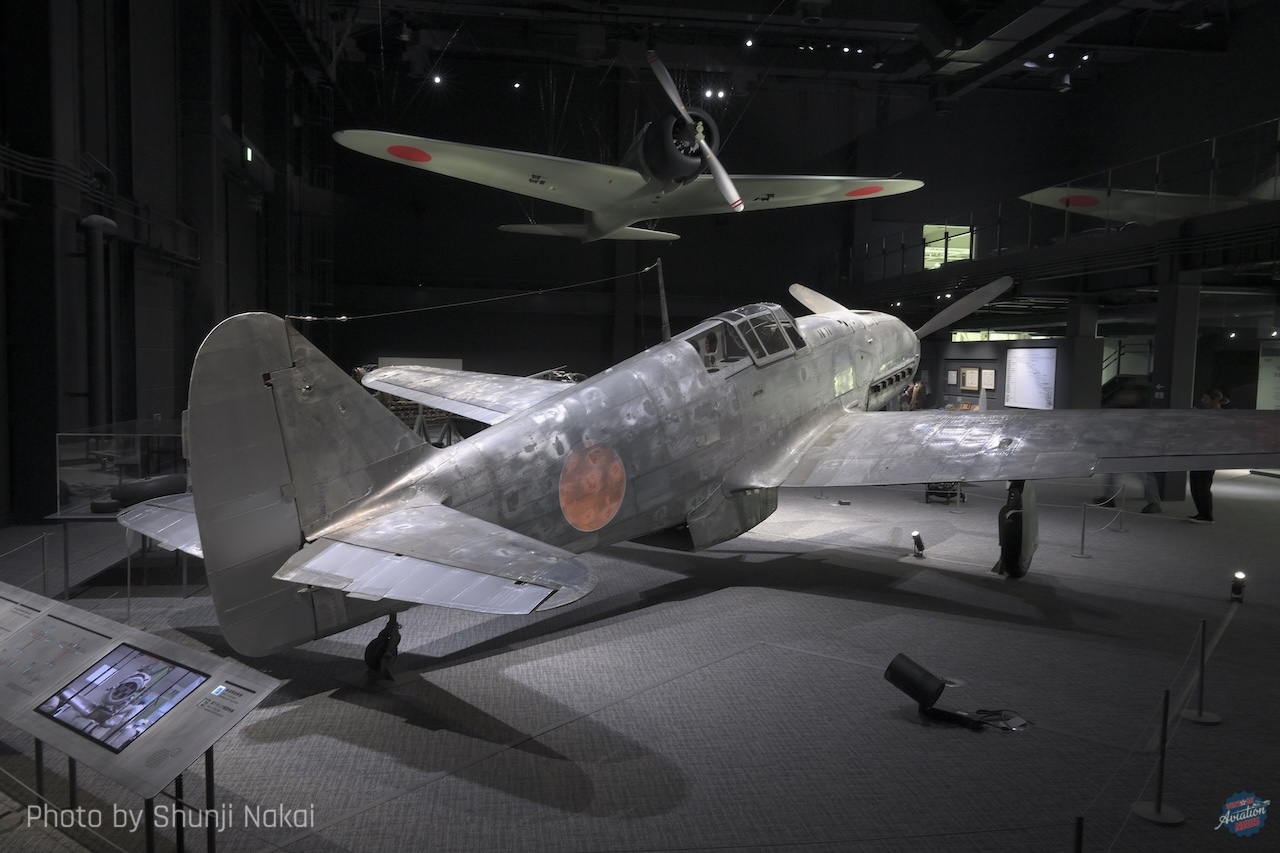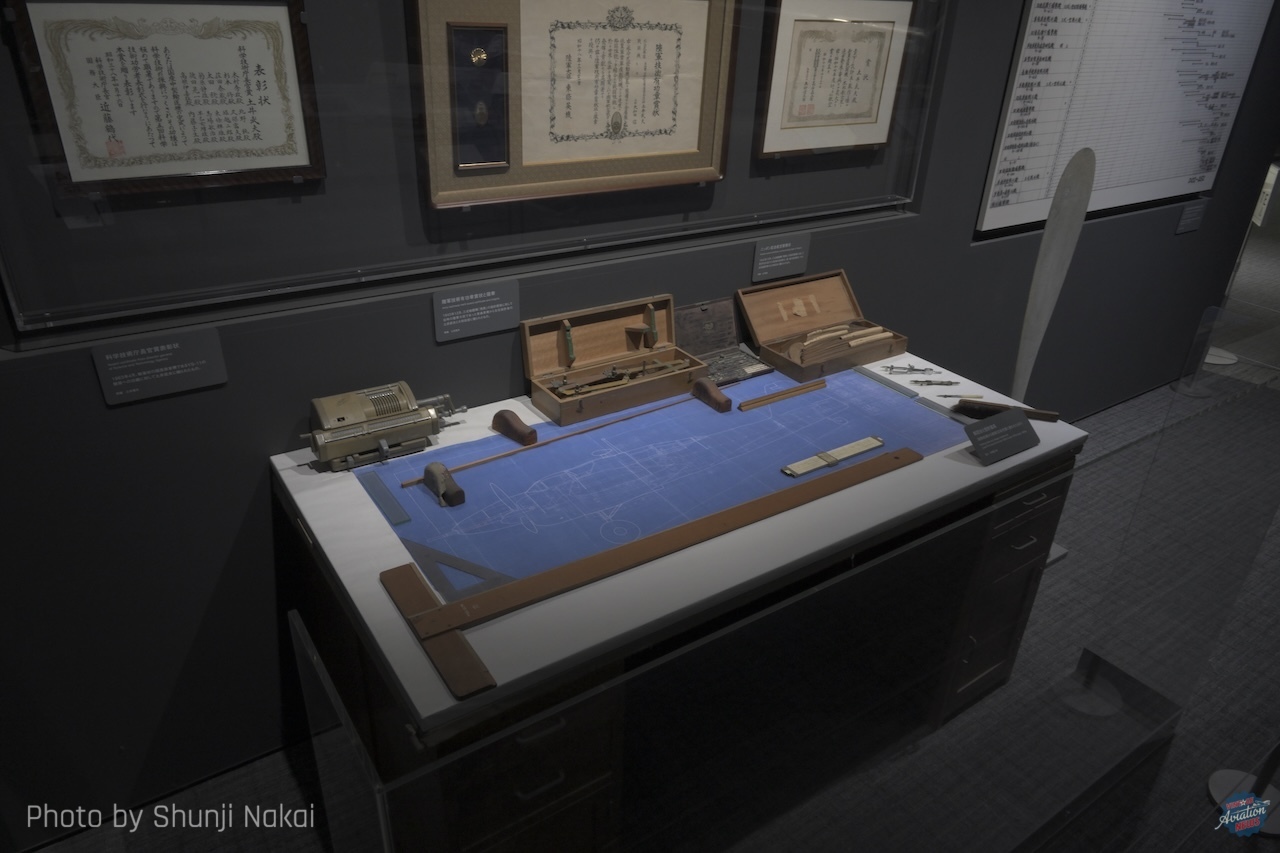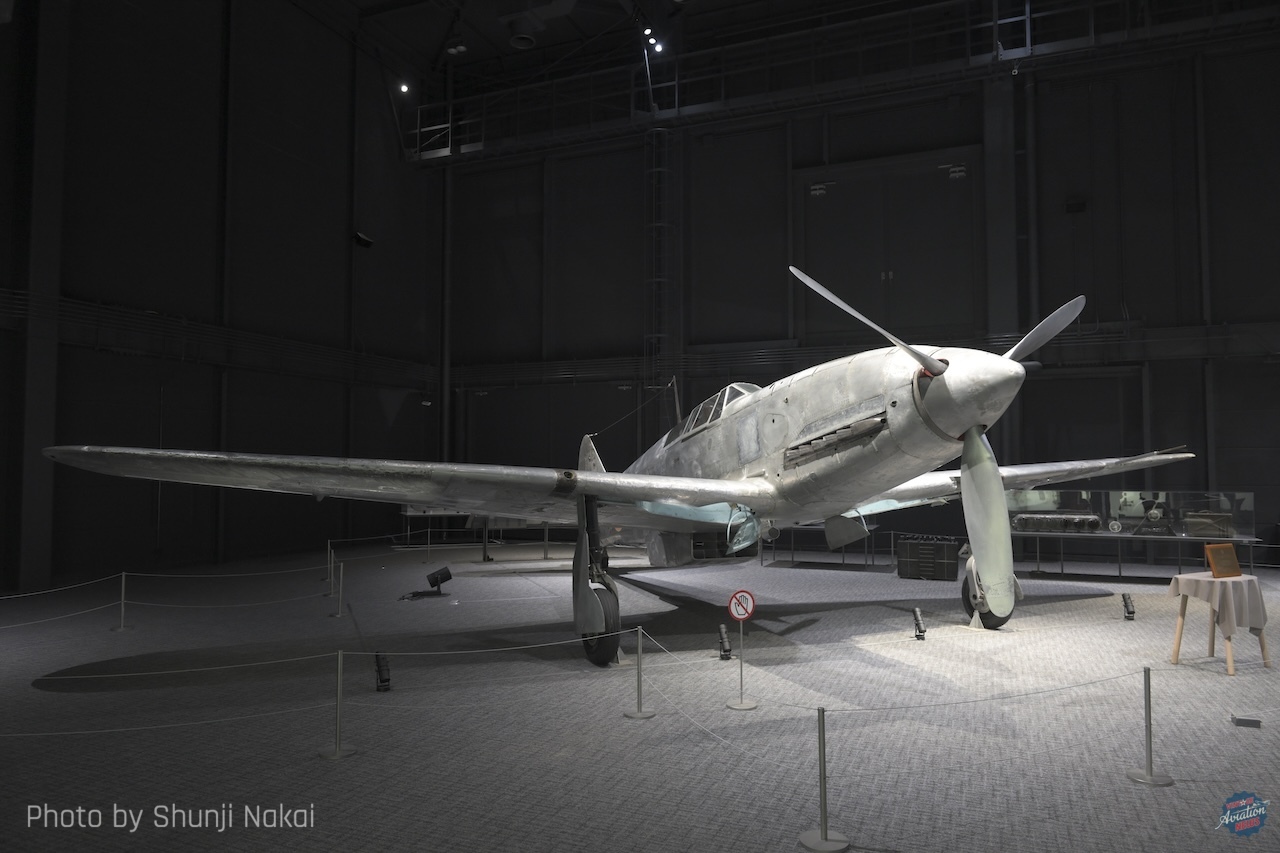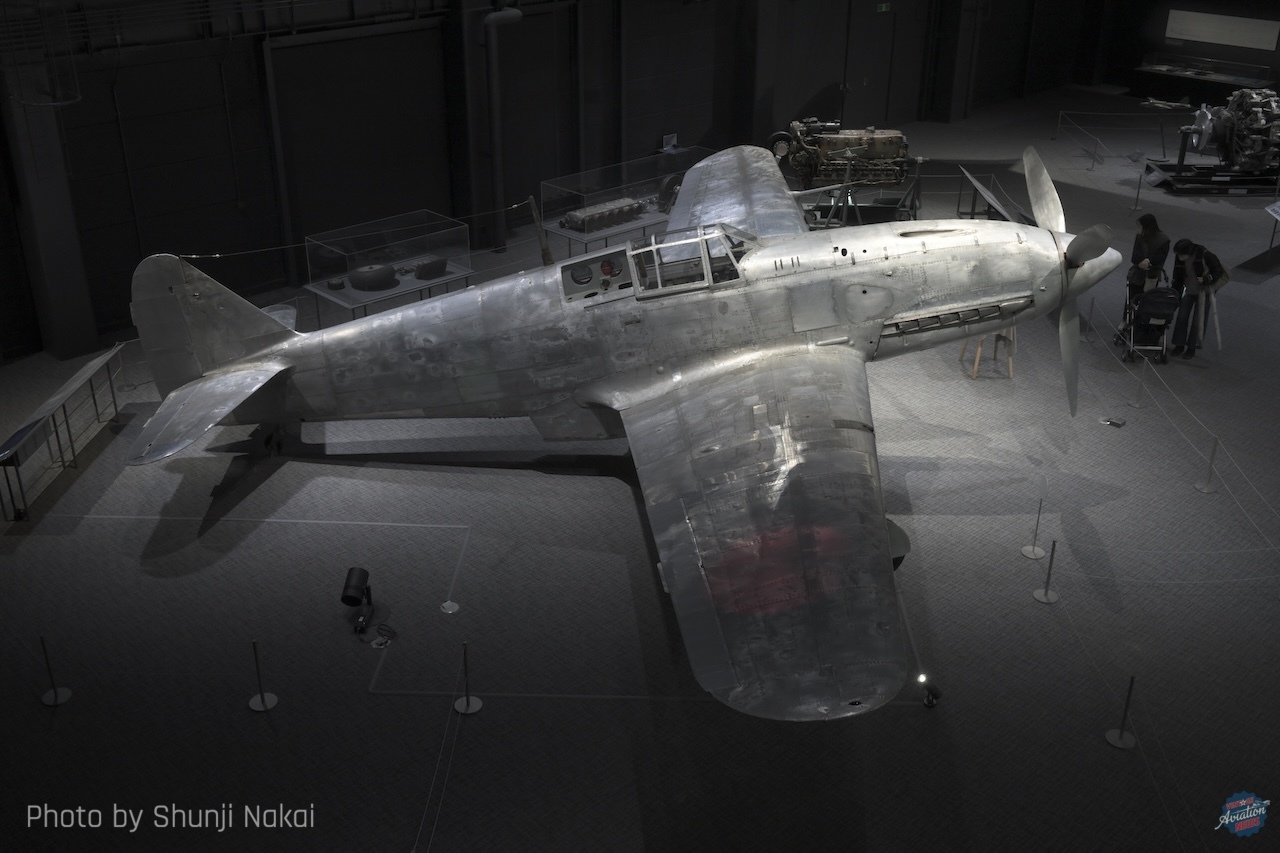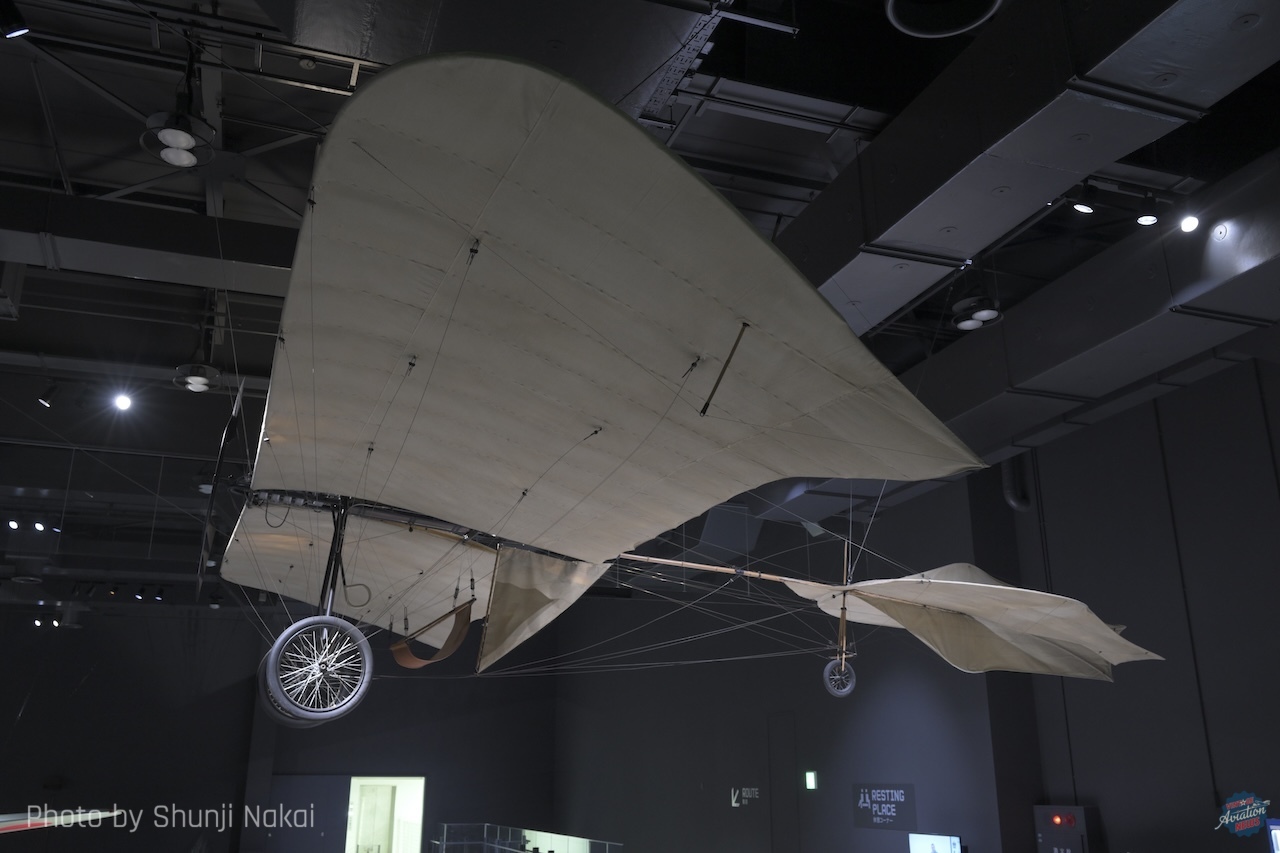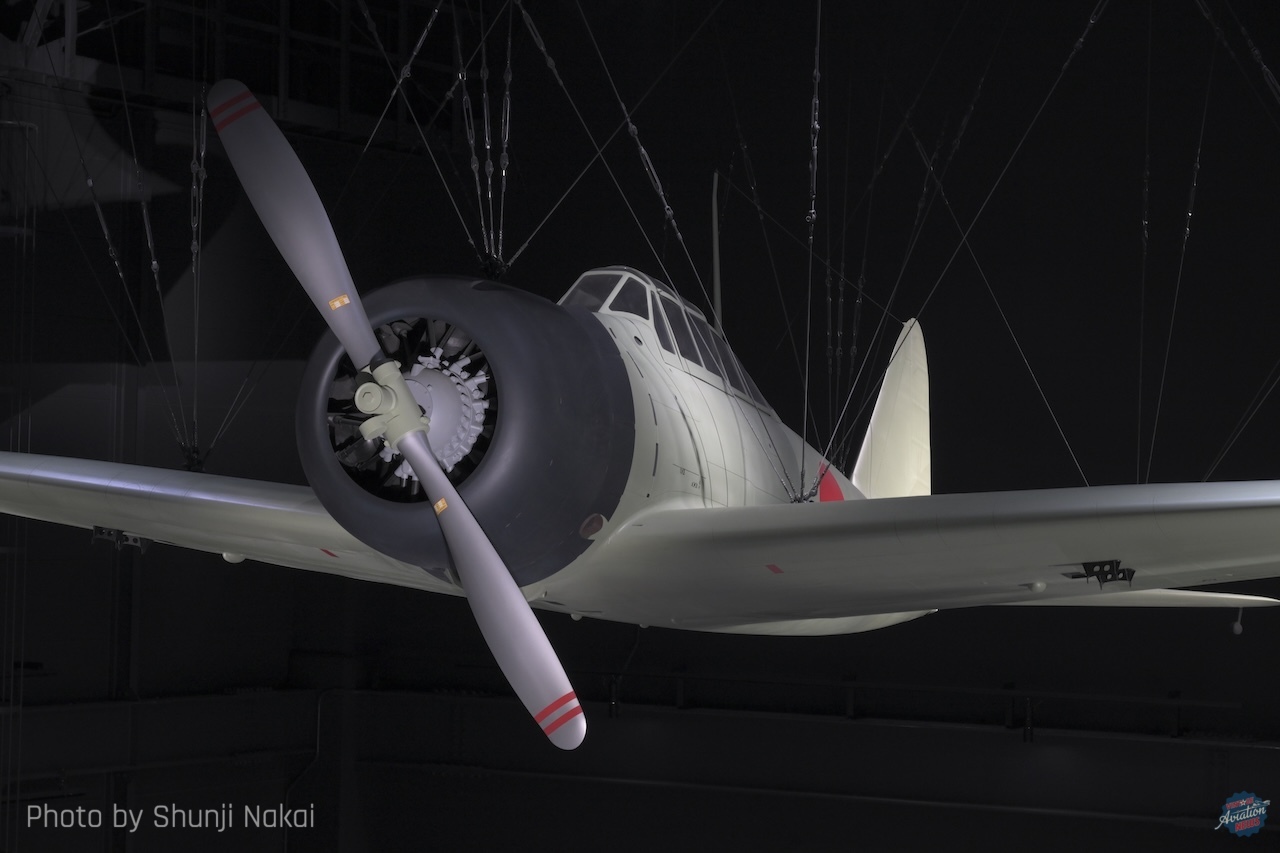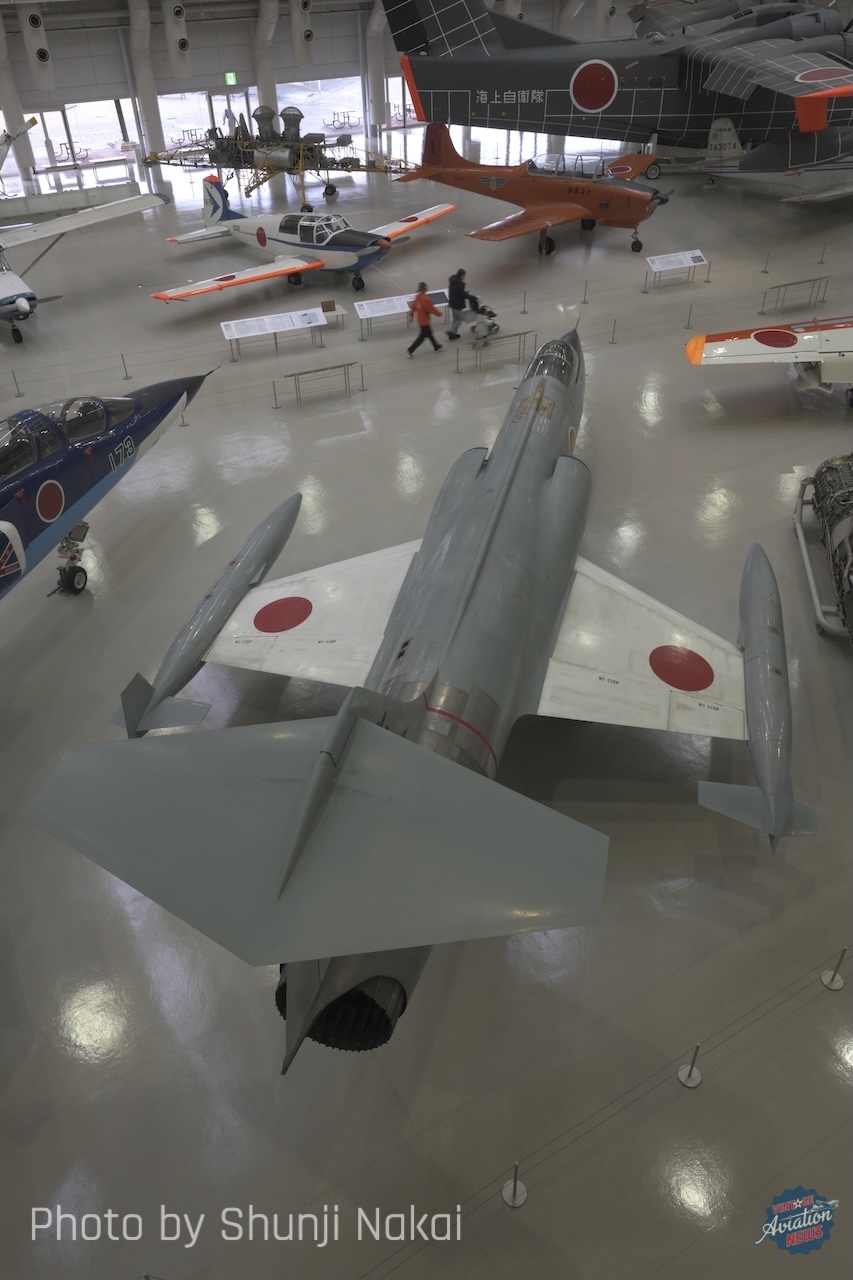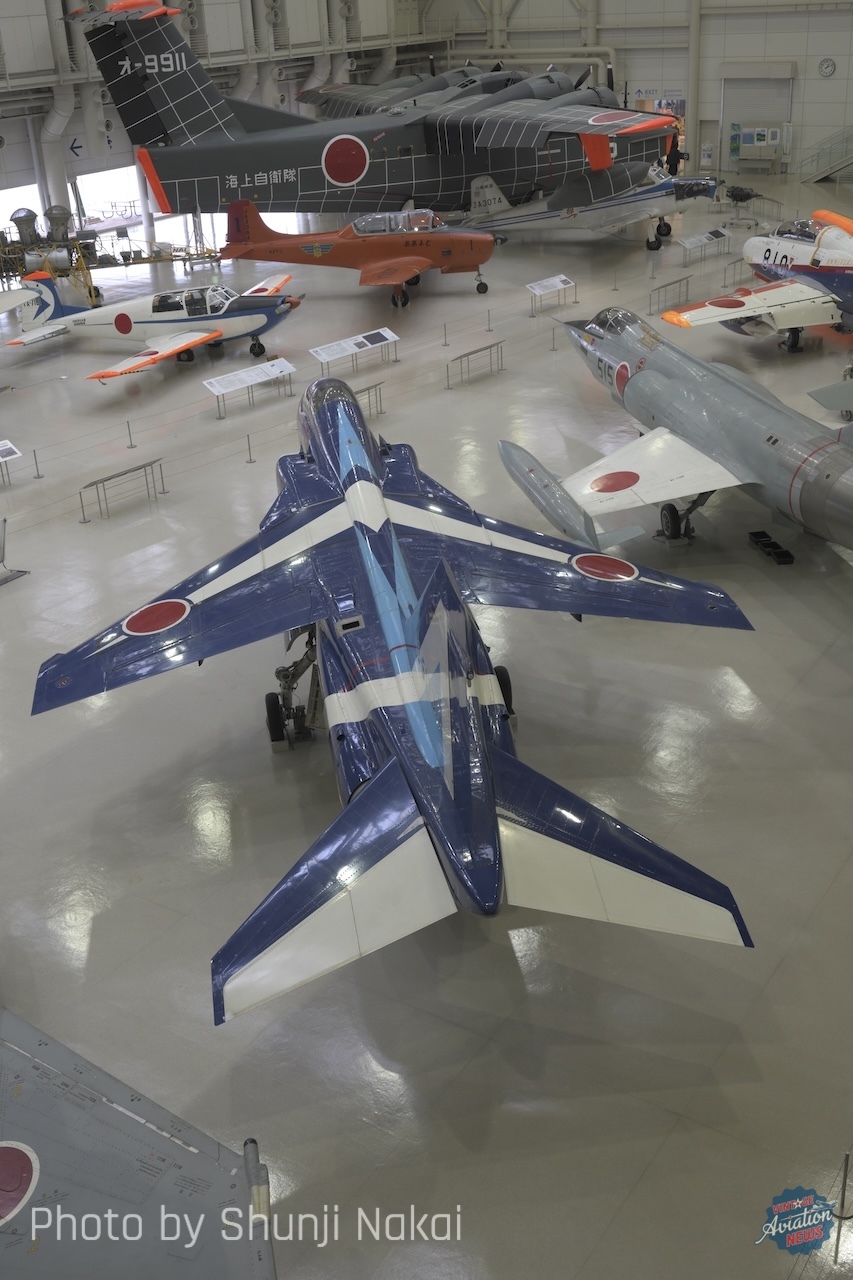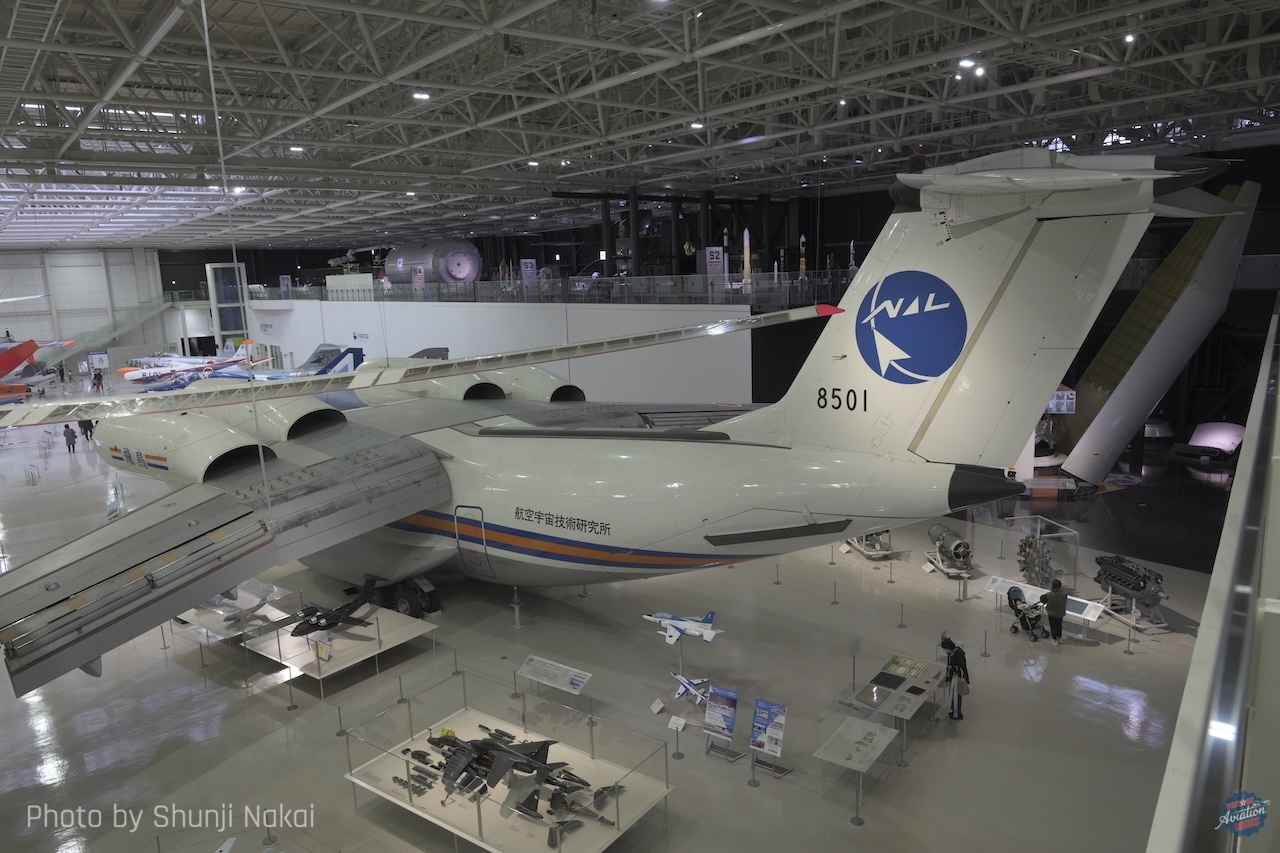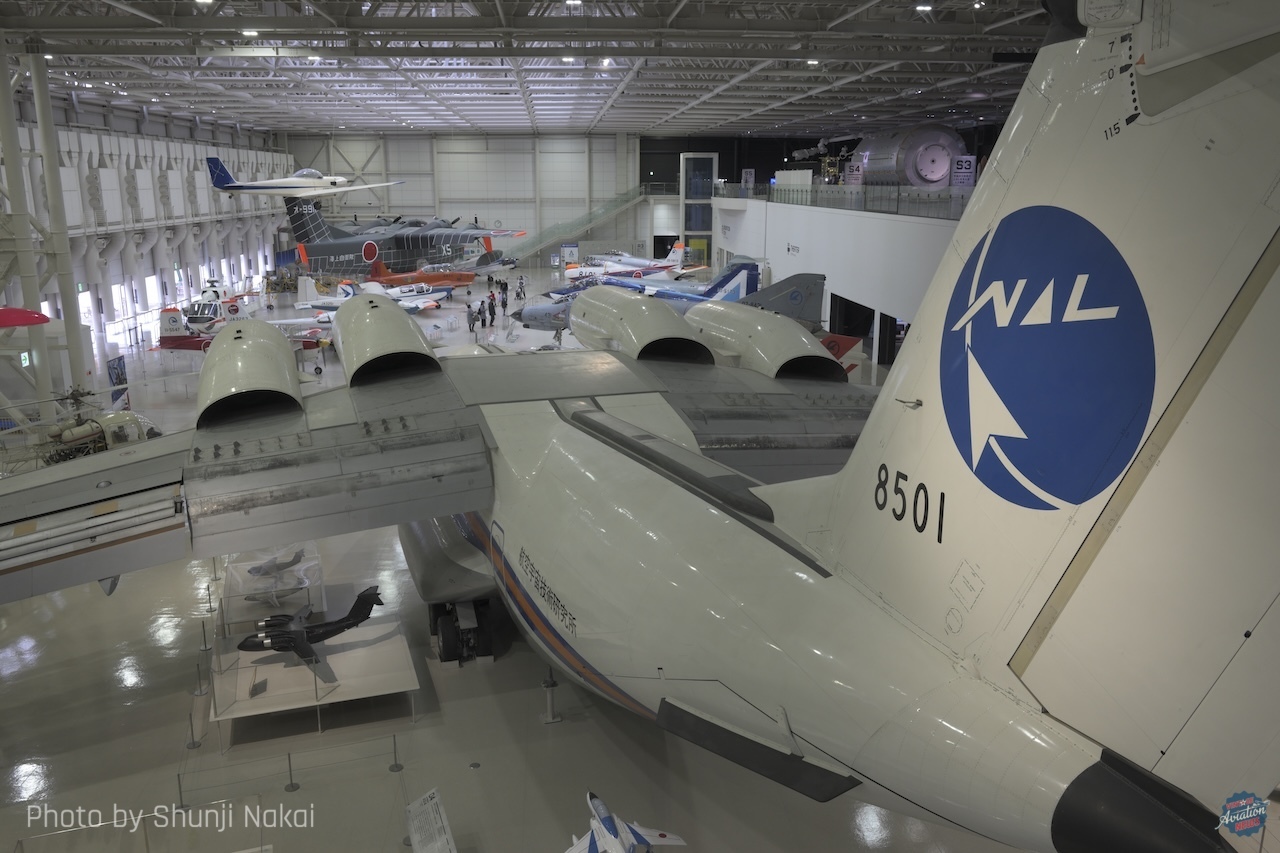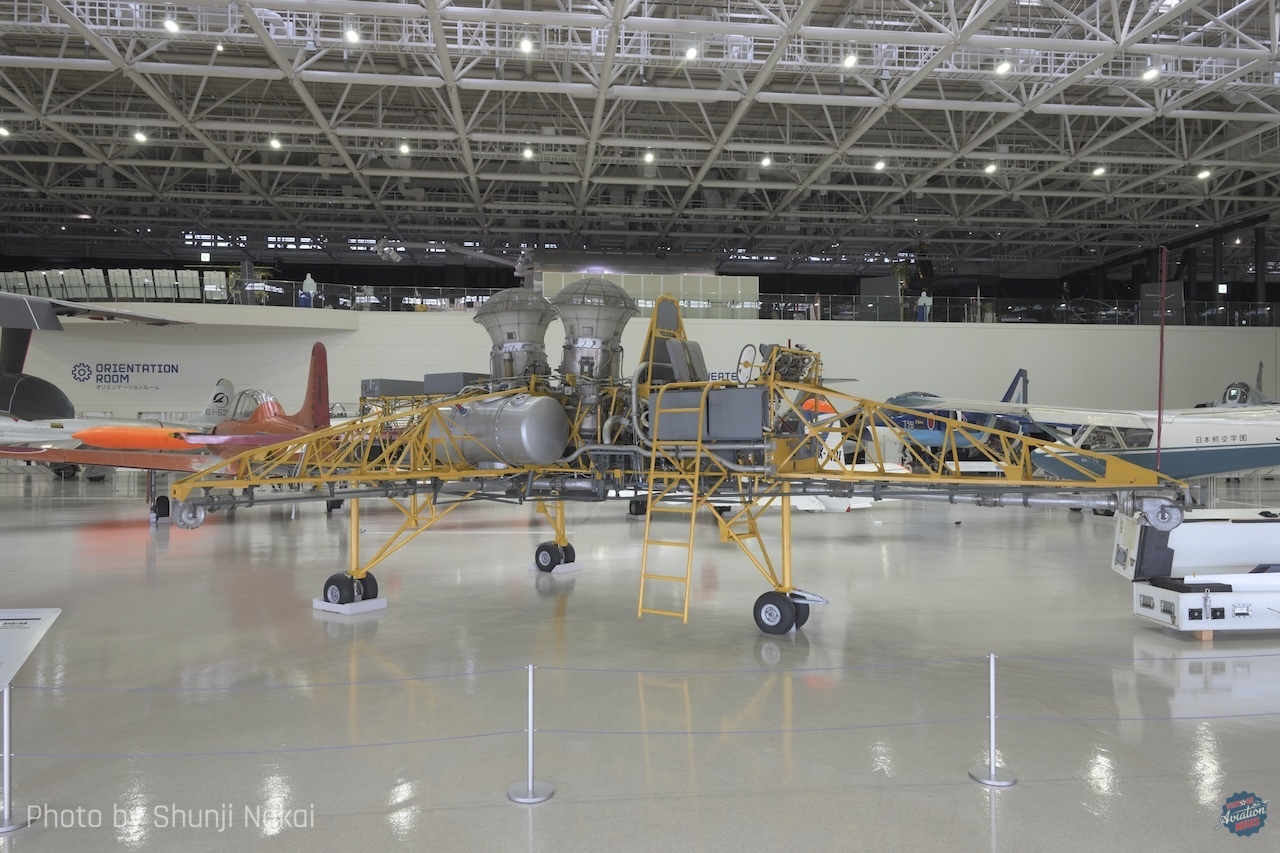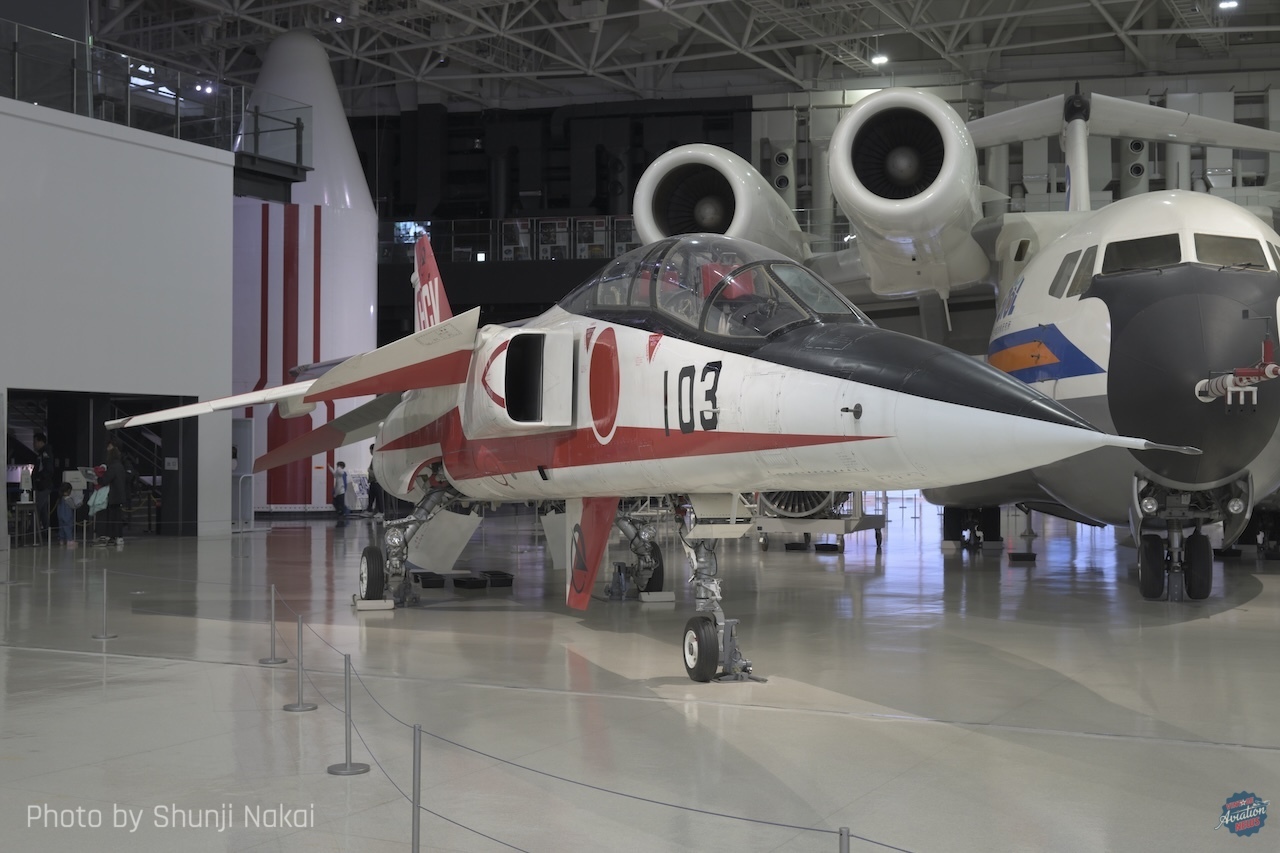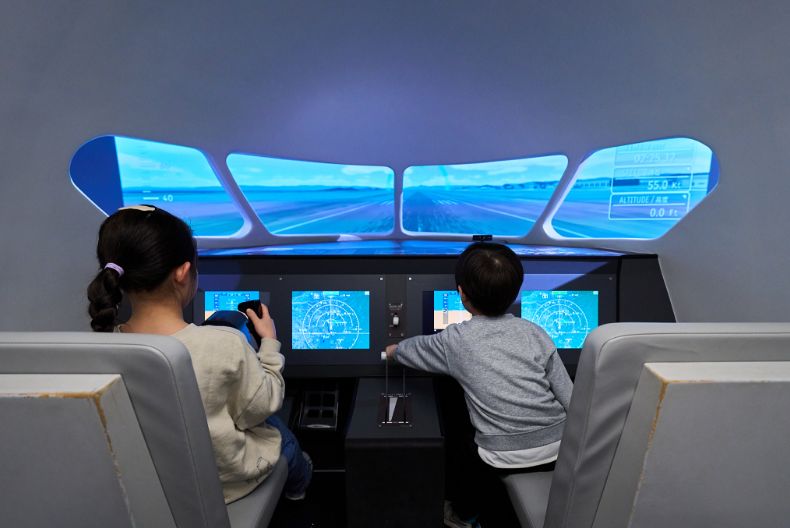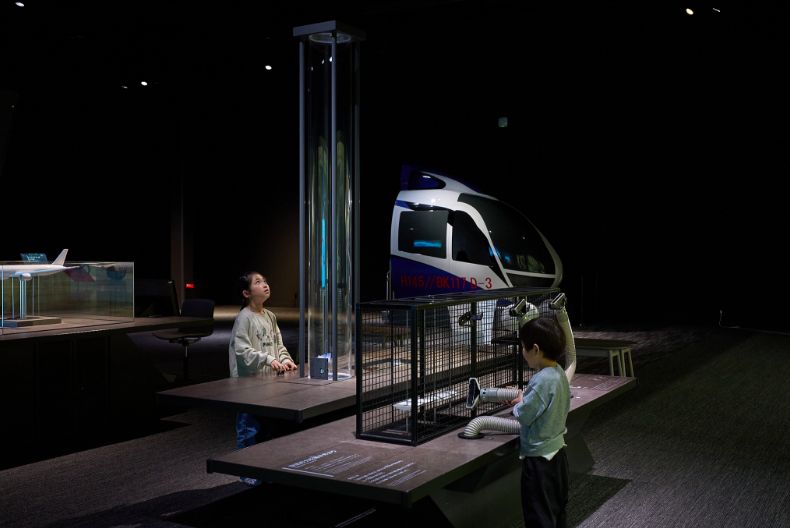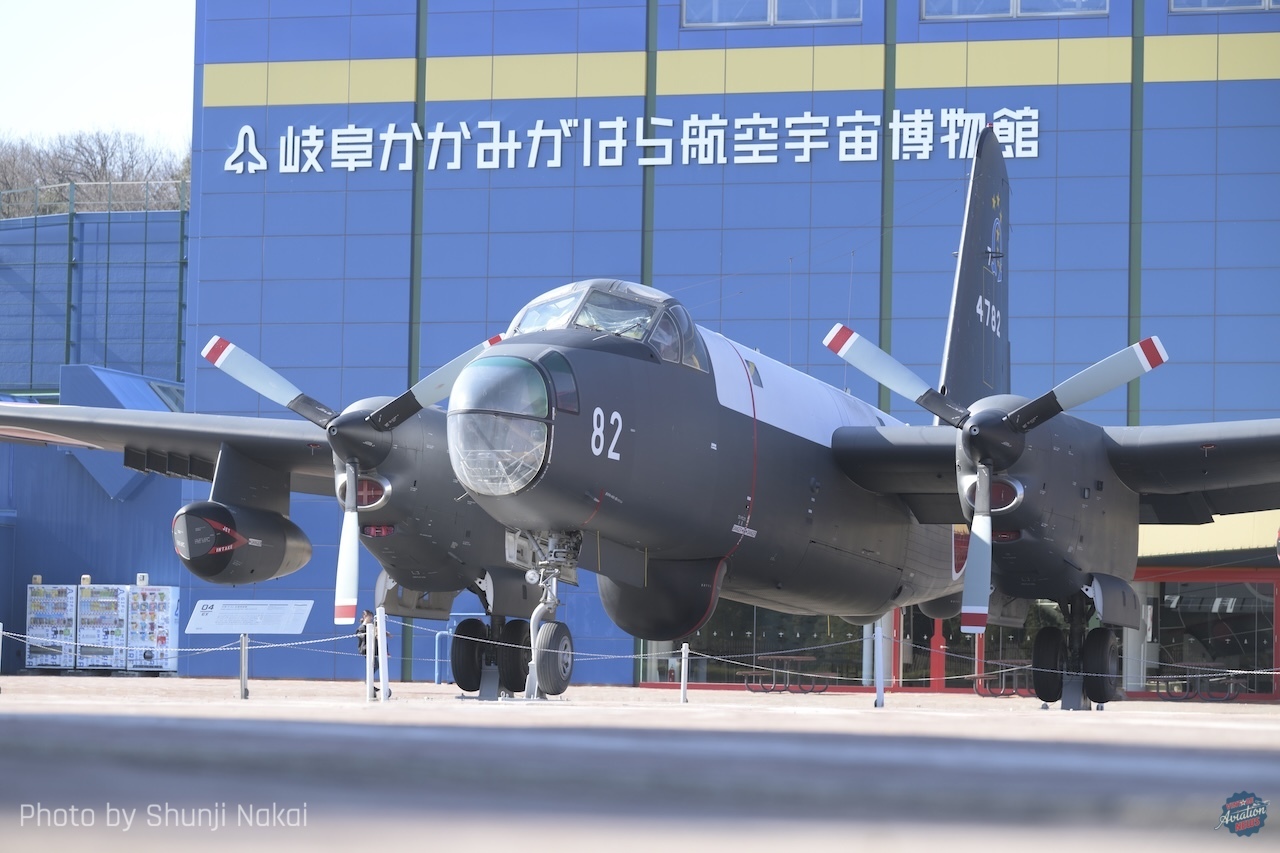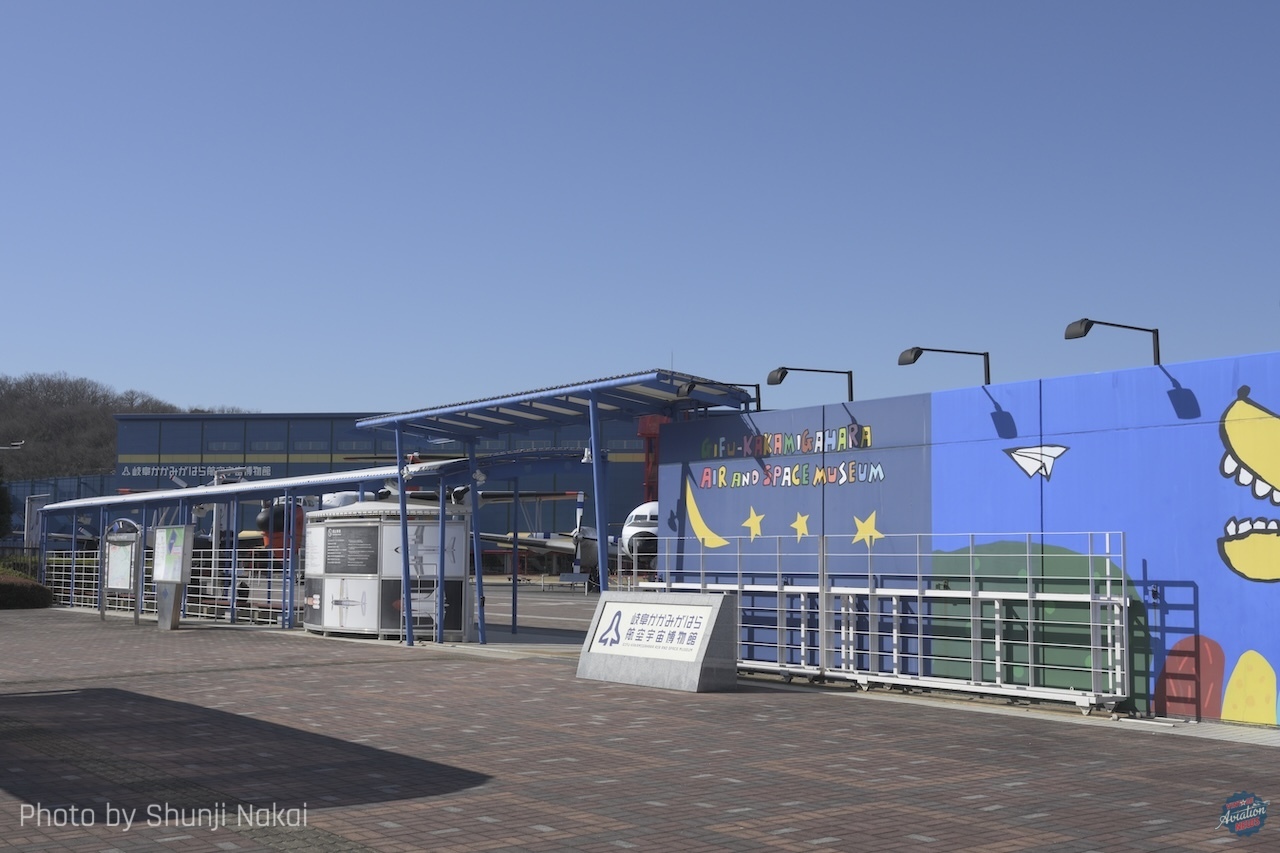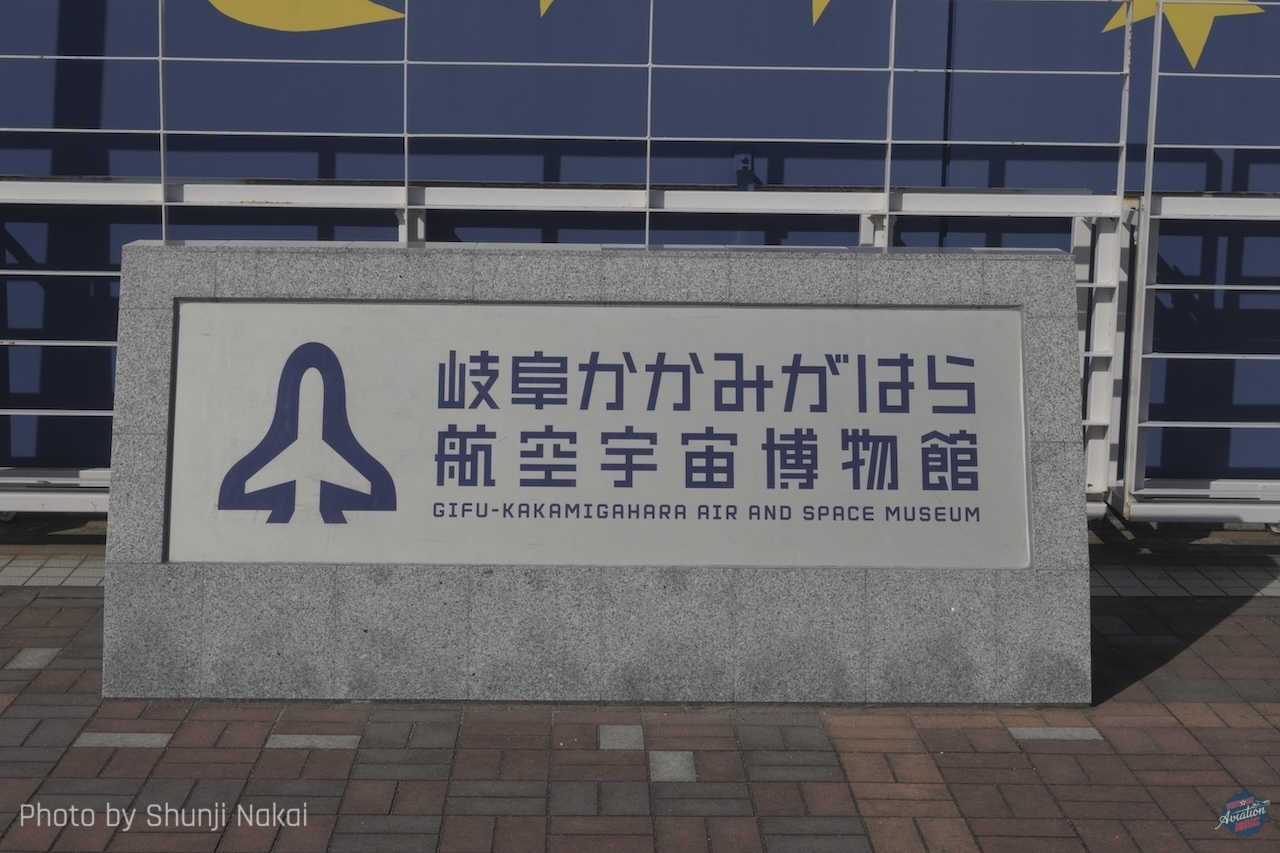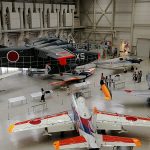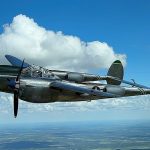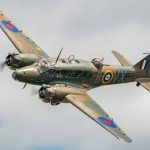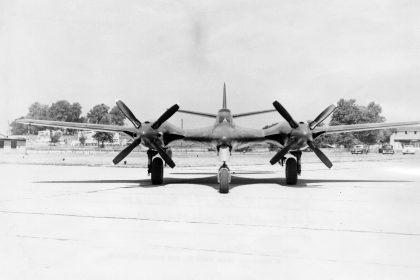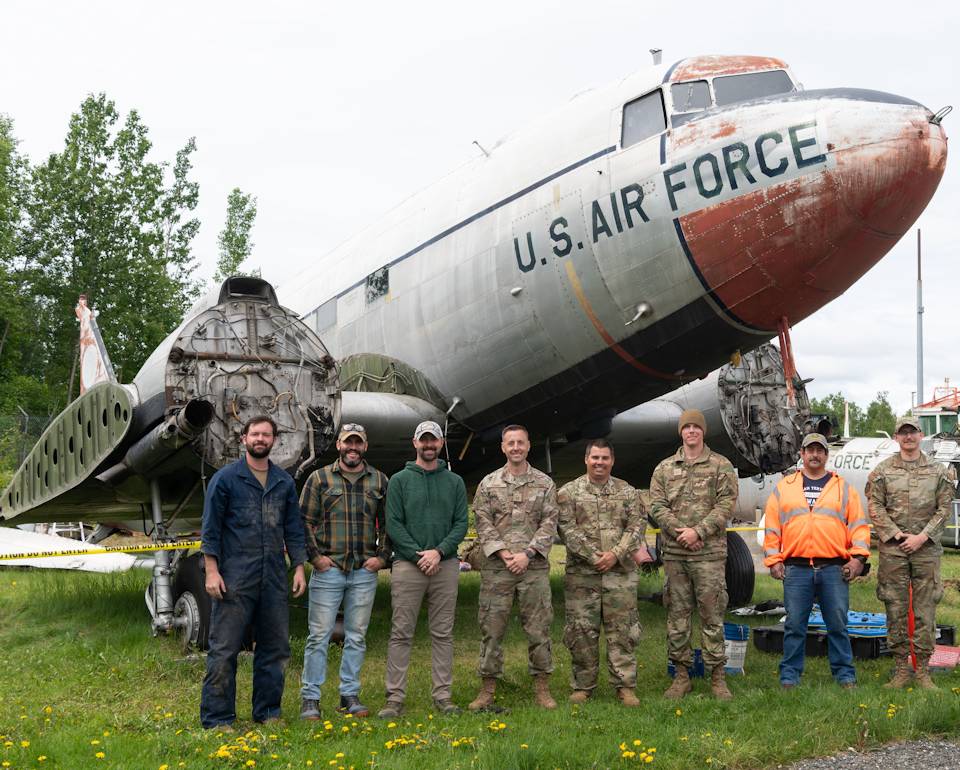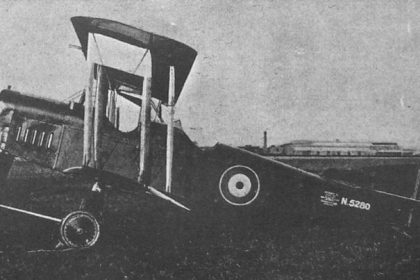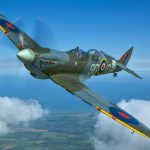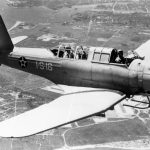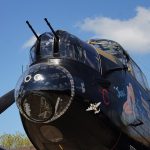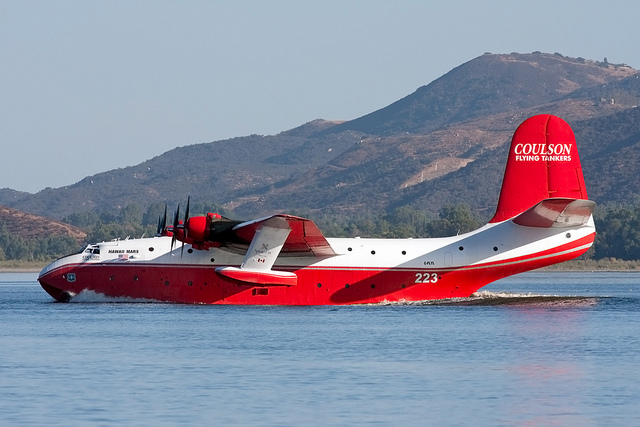by Shunji Nakai
Situated in the historically aviation-rich city of Kakamigahara in Gifu Prefecture, the Gifu-Kakamigahara Air and Space Museum—affectionately known as Sorahaku—offers a captivating journey through Japan’s aerospace history. Positioned beside the JASDF Gifu Air Base, this modern museum celebrates more than a century of Japanese innovation in aviation and space exploration. In 2021 the Gifu-Kakamigahara Air and Space Museum and The Museum of Flight in Seattle signed a Partnership Agreement during a live virtual ceremony. Museum leaders and local elected officials were at each museum during the event. The Partnership Agreement is meant to foster mutual educational, cultural, and institutional goals, and to develop joint collaborations in exhibits and promotions all in the spirit of friendship.

A Historic Airfield Turned Aviation Showcase
Kakamigahara’s aviation legacy dates back to the early 20th century when the Imperial Japanese Army established a training and test airfield there. Over the years, this site evolved into a critical testing ground for both military and civilian aviation development. Reflecting this rich heritage, the museum was originally opened in 1996 and underwent a major renewal in 2018. Today, the revamped facility presents a seamless blend of historical exhibits, cutting-edge aerospace displays, and hands-on educational experiences.
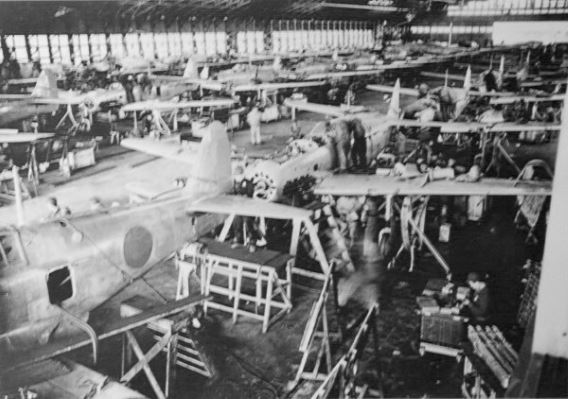
production line. Achieving a peak monthly production rate of 200 aircraft, the plant built
3,285 of the Ki-61 and its modified, radial-engined version, the Ki-100.
Rare Aircraft and Technological Landmarks
The museum houses more than 50 aircraft that span from the early days of flight to Japan’s modern aerospace achievements. Among the standout pieces is a rare Kawasaki Ki-61 Hien, one of the few surviving World War II Japanese Army fighters, carefully restored and exhibited as a symbol of Japan’s wartime aviation engineering. Nearby, a Salmson 2A2 replica illustrates the country’s early military aviation efforts, marking its first steps into the skies after World War I.
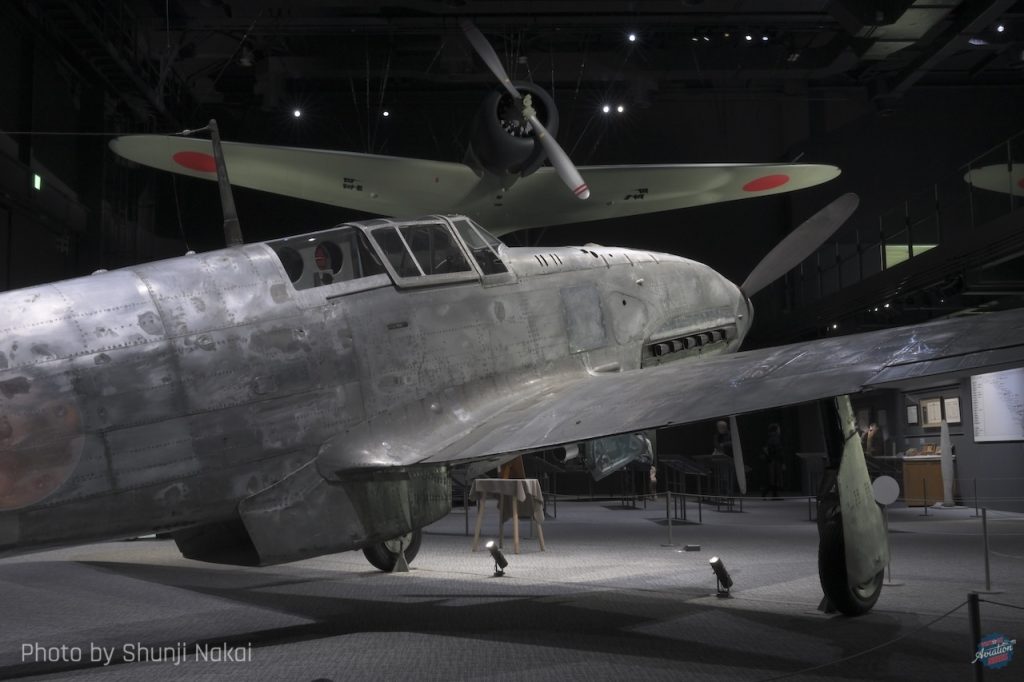
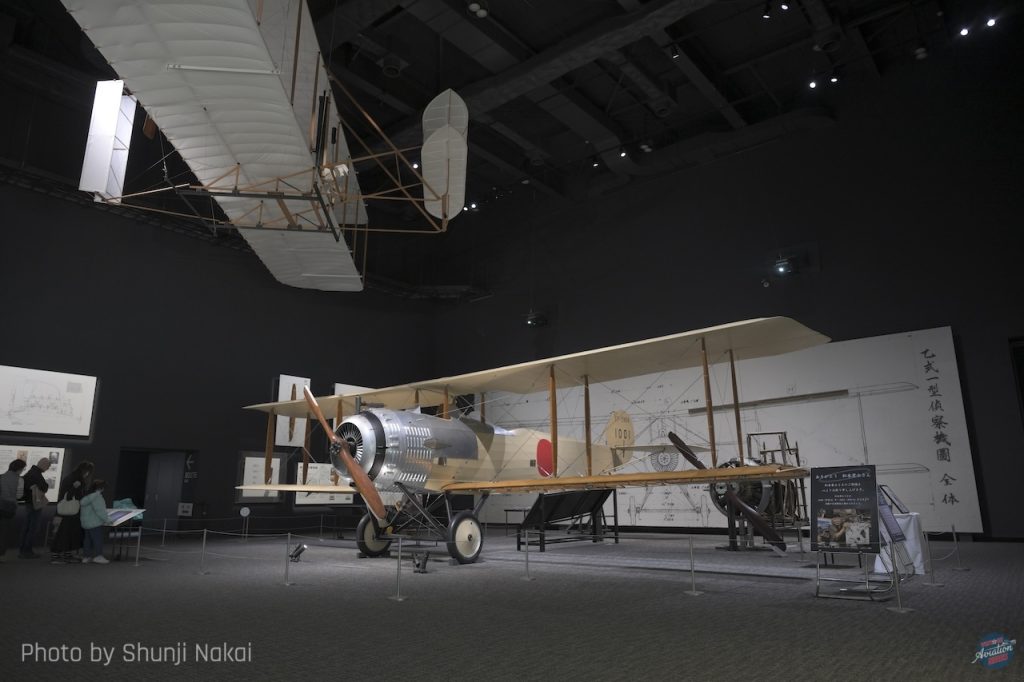
Postwar aviation is richly represented with aircraft like the Lockheed T-33A, Japan’s first jet trainer, and the Kawasaki KAT-1, a domestically produced primary trainer. Cold War-era aircraft such as the F-104J Starfighter, once the backbone of the Japan Air Self-Defense Force’s air superiority fleet, and the indigenously developed Mitsubishi F-1, underscore the country’s progression toward self-reliance in aerospace defense.
Experimental Innovation on Display
One of the most unique features of the museum is its collection of experimental and research aircraft. The NAL Asuka, a STOL (Short Takeoff and Landing) research platform, exemplifies Japan’s efforts to push the boundaries of aerodynamic performance and test unconventional configurations. Rotary-wing development is also covered in detail with aircraft such as the Kawasaki-Bell KH-4, a Japanese-licensed variant of the Bell 47, alongside the OH-6D and OH-1, which represent Japan’s advancements in observation helicopter technology.
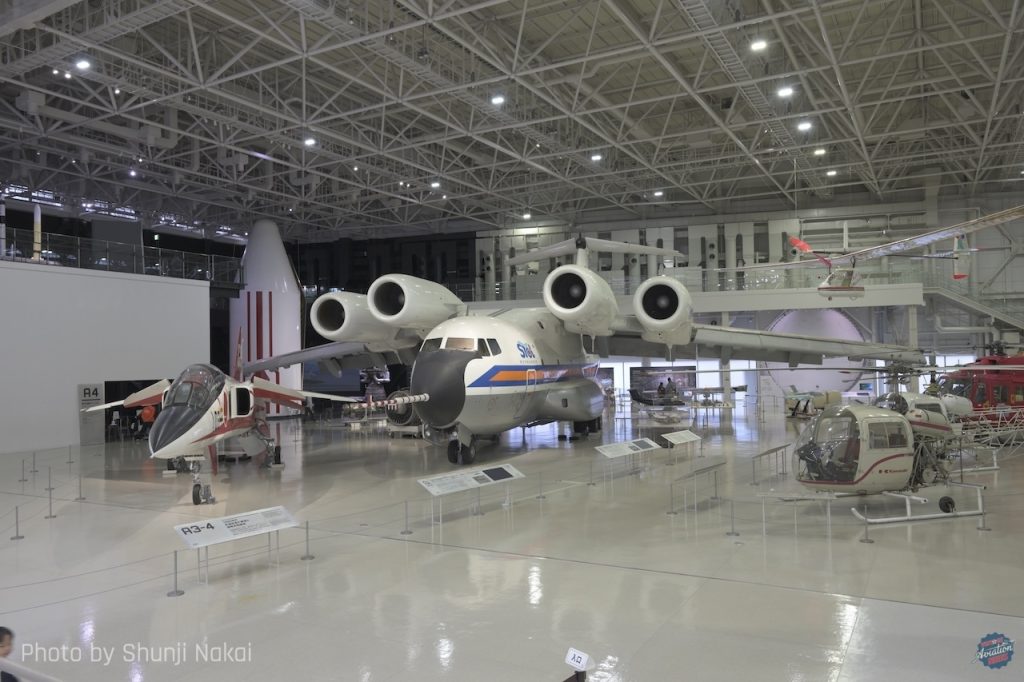
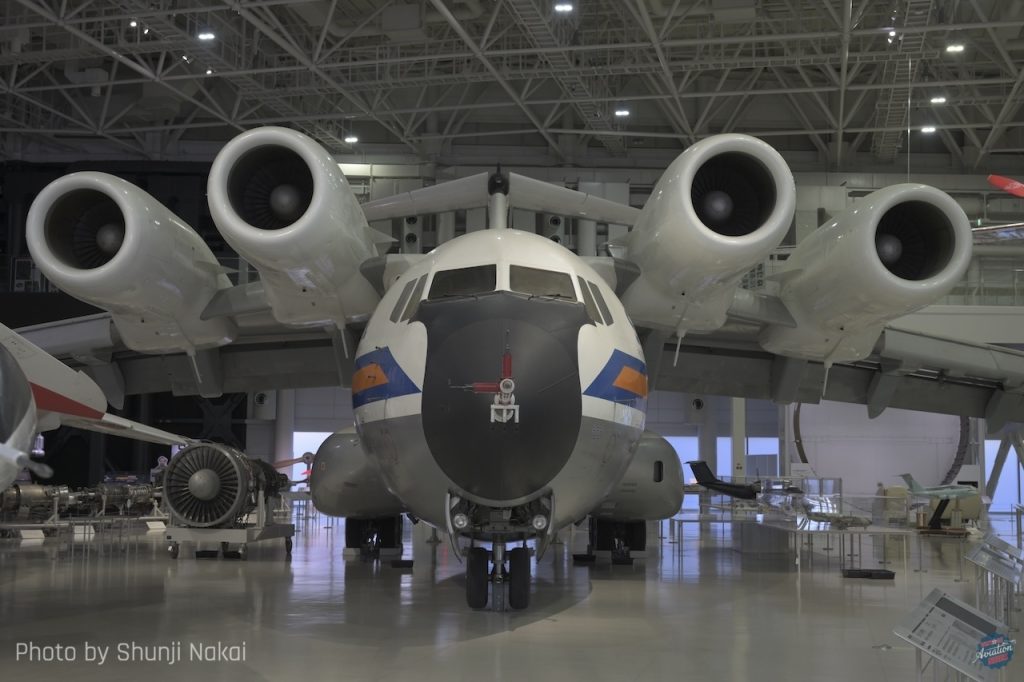
Reaching for the Stars: Space Exploration Gallery
Beyond aviation, the museum has expanded its focus to include Japan’s journey into space. A modern gallery explores the work of JAXA (Japan Aerospace Exploration Agency), showcasing satellite models and mock-ups of the H-IIA and H-IIB rockets, which have launched Japan into the forefront of international space research. The exhibit provides insight into communication satellites, Earth observation missions, and upcoming plans for lunar exploration. Interactive displays allow visitors to explore space science hands-on, including models of manned spacecraft and the physics behind orbital mechanics. The space section not only highlights Japan’s technical achievements but also fosters STEM education and international cooperation.
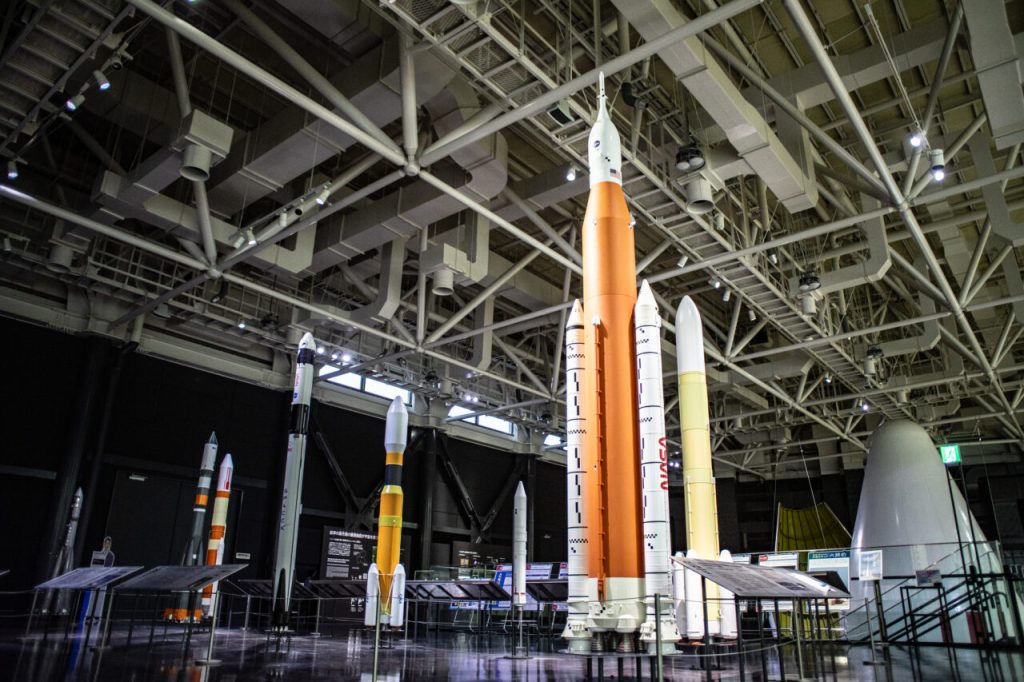
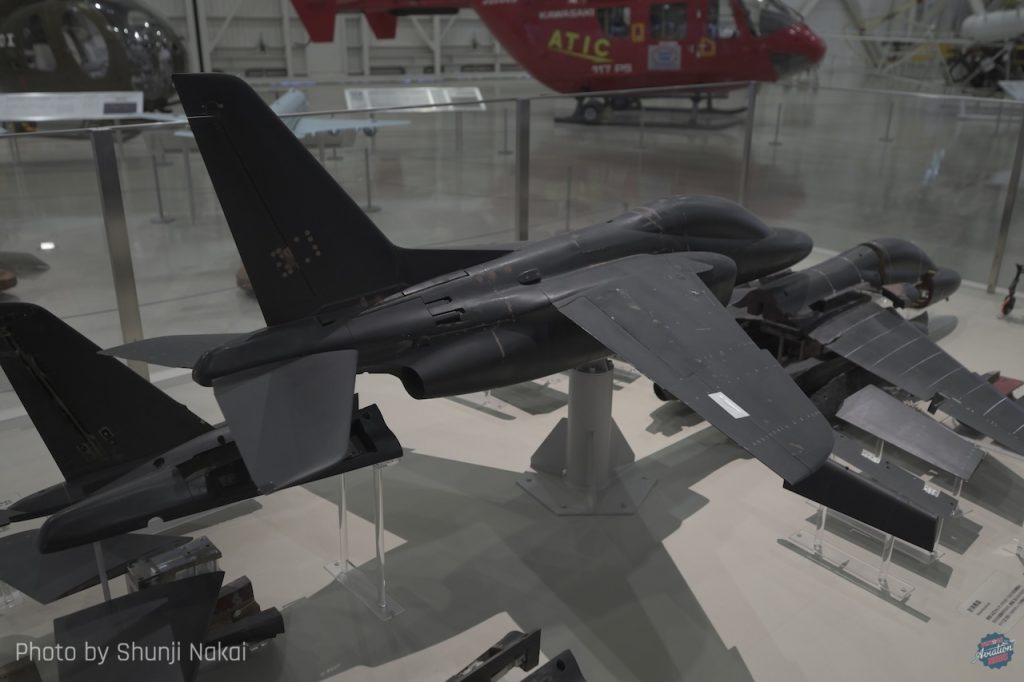
Education, Interaction, and Community Engagement
The museum excels in accessibility and educational value. It offers an array of interactive simulators where visitors can test their flying skills in realistic cockpit environments. Science workshops, guided tours, and youth-oriented programs provide learning opportunities for all ages. A 3D theater screens aviation-themed films, adding an immersive multimedia experience to the visit.
Café and Museum Shop – Visiting Information
For visitors looking to extend their experience, the on-site Sorazuhaku Café serves aviation-themed dishes with regional Gifu flavors. The museum shop features an extensive range of aviation and space memorabilia, including model kits, flight jackets, and original JASDF souvenirs, making it a must-stop for aviation fans and collectors. Located in Kakamigahara, the museum is easily accessible by public transit—about 20 minutes by bus from JR Gifu or Meitetsu Kakamigahara stations. It’s typically open from 9:30 AM to 4:30 PM, with closures on Tuesdays and select holidays. For the latest hours, exhibits, or ticketing details, visit the official website: https://www.sorahaku.net/
Conclusion: A Premier Hub of Japanese Aerospace History
From early wooden biplanes and legendary WWII fighters to high-performance jets and space-age technology, the Gifu-Kakamigahara Air and Space Museum offers a sweeping panorama of Japan’s aeronautical evolution. Blending historical reverence with forward-looking ambition, it remains one of the nation’s most comprehensive and engaging aerospace museums. Many thanks to Shunji Nakai for writing this article and submitting the photos.
